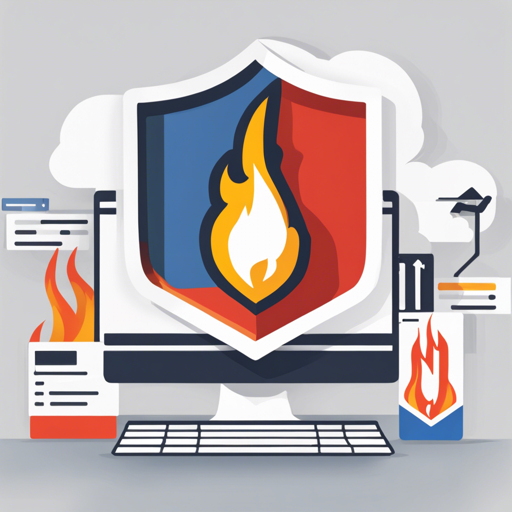This article serves as a friendly guide to get you started with the Firebase AngularFire In Depth course, updated to Angular 13. Here, we will cover installation prerequisites, repository setup, and running your development server seamlessly!
Installation Prerequisites
Before you get started, ensure that you have the following prerequisites:
- Node.js: Use Node 16 LST (Long Term Support version) for compatibility.
Installing the Angular CLI
To begin your journey into AngularFire, you need to have Angular CLI installed globally on your machine. Run this command:
npm install -g @angular/cliCloning the Repository
Now, let’s install the repository. You can grab the master branch by following these commands:
git clone https://github.com/angular-university/firebase-course.git
cd firebase-course
npm ciNote that using npm ci is recommended as it guarantees you are using the exact dependency versions specified in package-lock.json, avoiding potential issues with npm install.
Running the Development UI Server
Now we are ready to run the frontend part of our code using Angular CLI. Enter the following command:
npm startThe application should now be live and accessible at http://localhost:4200. You are all set to explore!
Understanding the Code: An Analogy
Imagine you are setting up a library, and you have multiple sections for different genres such as fiction, non-fiction, and technology. The Firebase AngularFire repository is similar in structure:
- The master branch is like the completed library with all sections organized.
- The 1-start branch represents the under-construction phase where you begin categorizing books.
- The commands you execute, like
npm ci, are akin to making sure every book is in the right place, ensuring your library functions properly and looks great.
By carefully categorizing and maintaining your library, you ensure visitors have an enjoyable experience. The same goes for your Angular project!
Troubleshooting
If you encounter any issues along the way, consider the following troubleshooting steps:
- Missing Packages: If there are missing package errors, double-check if you ran
npm cicorrectly. Sometimes, removing thenode_modulesfolder and running it again can help. - Angular CLI Not Found: Ensure that your installation command for the Angular CLI ran successfully and that your environment variables are set correctly.
- Port Issues: If you can’t access http://localhost:4200, ensure that no other applications are using port 4200.
For more insights, updates, or to collaborate on AI development projects, stay connected with fxis.ai.
Conclusion
Getting started with Firebase AngularFire is a fulfilling journey, and following this guide will set you up for success. Embrace the power of Angular 13 with Firebase, and build projects that wow!
At fxis.ai, we believe that such advancements are crucial for the future of AI, as they enable more comprehensive and effective solutions. Our team is continually exploring new methodologies to push the envelope in artificial intelligence, ensuring that our clients benefit from the latest technological innovations.

